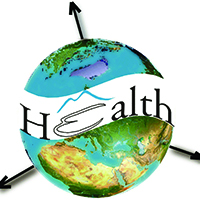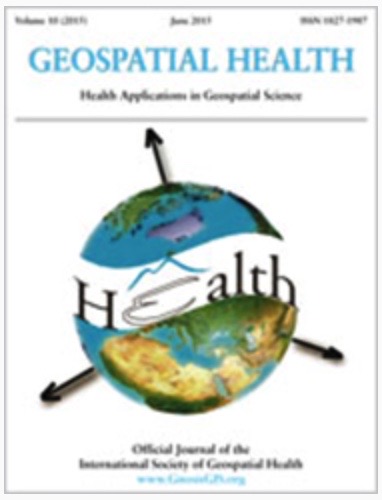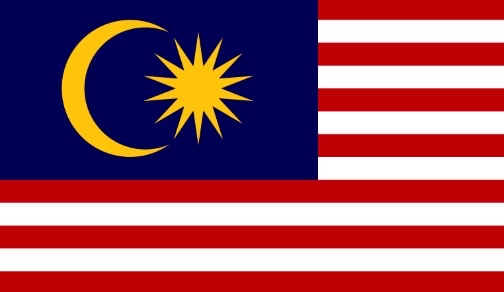There is more to satellite imagery than meets the eye

Published: 31 May 2022
Abstract Views: 2192
PDF: 427
HTML: 19
HTML: 19
Publisher's note
All claims expressed in this article are solely those of the authors and do not necessarily represent those of their affiliated organizations, or those of the publisher, the editors and the reviewers. Any product that may be evaluated in this article or claim that may be made by its manufacturer is not guaranteed or endorsed by the publisher.
All claims expressed in this article are solely those of the authors and do not necessarily represent those of their affiliated organizations, or those of the publisher, the editors and the reviewers. Any product that may be evaluated in this article or claim that may be made by its manufacturer is not guaranteed or endorsed by the publisher.
Similar Articles
- Su Yun Kang, Susanna M. Cramb, Nicole M. White, Stephen J. Ball, Kerrie L. Mengersen, Making the most of spatial information in health: a tutorial in Bayesian disease mapping for areal data , Geospatial Health: Vol. 11 No. 2 (2016)
- Kristin Meseck, Marta M. Jankowska, Jasper Schipperijn, Loki Natarajan, Suneeta Godbole, Jordan Carlson, Michelle Takemoto, Katie Crist, Jacqueline Kerr, Is missing geographic positioning system data in accelerometry studies a problem, and is imputation the solution? , Geospatial Health: Vol. 11 No. 2 (2016)
- David Gikungu, Jacob Wakhungu, Donald Siamba, Edward Neyole, Richard Muita, Bernard Bett, Dynamic risk model for Rift Valley fever outbreaks in Kenya based on climate and disease outbreak data , Geospatial Health: Vol. 11 No. 2 (2016)
- Julie Deleu, Jonas Franke, Michael Gebreslasie, Catherine Linard, Improving AfriPop dataset with settlement extents extracted from RapidEye for the border region comprising South-Africa, Swaziland and Mozambique , Geospatial Health: Vol. 10 No. 2 (2015)
- Caroline Bayr, Heinz Gallaun, Ulrike Kleb, Birgit Kornberger, Martin Steinegger, Martin Winter, Satellite-based forest monitoring: spatial and temporal forecast of growing index and short-wave infrared band , Geospatial Health: Vol. 11 No. 1 (2016): Valencia Issue
- Francis P. Boscoe, Thomas O. Talbot, Martin Kulldorff, Public domain small-area cancer incidence data for New York State, 2005-2009 , Geospatial Health: Vol. 11 No. 1 (2016): Valencia Issue
- Sabelo Nick Dlamini, Jonas Franke, Penelope Vounatsou, Assessing the relationship between environmental factors and malaria vector breeding sites in Swaziland using multi-scale remotely sensed data , Geospatial Health: Vol. 10 No. 1 (2015)
- Tamotsu Igarashi, Akihiko Kuze, Shinichi Sobue, Aya Yamamoto, Kazuhide Yamamoto, Kei Oyoshi, Keiji Imaoka, Toru Fukuda, Japan's efforts to promote global health using satellite remote sensing data from the Japan Aerospace Exploration Agency for prediction of infectious diseases and air quality , Geospatial Health: Vol. 8 No. 3 (2014)
- Els De Roeck, Frieke Van Coillie, Robert De Wulf, Karen Soenen, Johannes Charlier, Jozef Vercruysse, Wouter Hantson, Els Ducheyne, Guy Hendrickx, Fine-scale mapping of vector habitats using very high resolution satellite imagery: a liver fluke case-study , Geospatial Health: Vol. 8 No. 3 (2014)
- Alexander Liss, Magaly Koch, Elena N. Naumova, Redefining climate regions in the United States of America using satellite remote sensing and machine learning for public health applications , Geospatial Health: Vol. 8 No. 3 (2014)
You may also start an advanced similarity search for this article.












